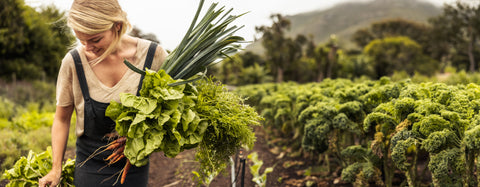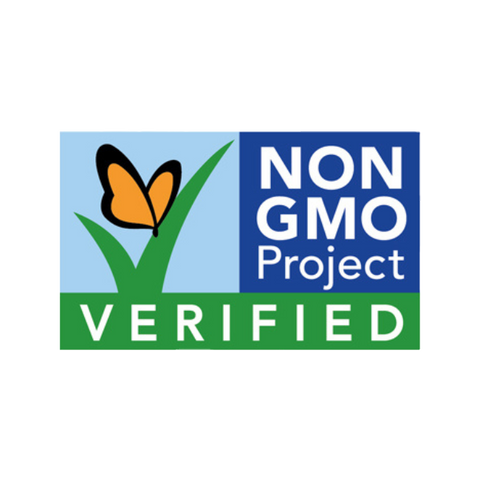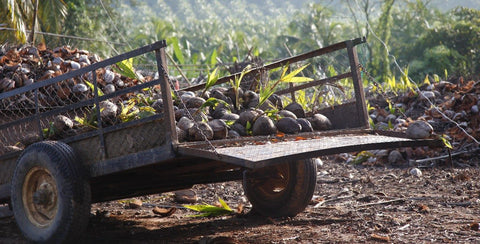Where We Stand
Our company was born out of a commitment to create delicious vegetarian foods with convenient preparation for those with busy, health-aware lifestyles. We travel the world tasting regional foods, sourcing the finest ingredients and partnering with reliable, ethical farmers, packers and food artisans to create our unique range of vegetarian specialties.
Organic Values
We respect the organic and non-GMO food movements. We support organic and sustainable farming methods that avoid GMO's and chemical pesticides. When you purchase Edward & Sons products, you become part of a network that rewards farmers who implement ecologically conscious and organic farming practices. You support packers who go to the trouble and expense of third party certification to USDA Organic standards in over a dozen countries. You become part of our vision to nourish ourselves and our planet, enhancing the lives of everyone along our supply chain, from farmers to consumers, in an abundant and interconnected world.
Vegetarian Values
Edward & Sons Trading Company, Inc. is a vegetarian company, which means all of our products under all of our brands are vegetarian. In addition, all our products are plant-based and suitable for vegans.
Non-GMO Values
At Edward & Sons, we believe that consumers deserve to be able to make their own choices regarding the suitability of genetically engineered foods in their diets. Our company policy prohibits the use of GMO's in all Edward & Sons products. We instruct our suppliers to disclose and replace any ingredients that they know to contain genetically engineered materials and we assist them in sourcing acceptable alternatives. We are proud participants in the Non-GMO Project and want our consumers to know where their food comes from.
Gluten-Free
We have been selling gluten-free products for over 40 years. In addition to developing recipes without ingredients known to contain gluten, our procedures specify a combination of licensed laboratory and in-house random testing to confirm the absence of gluten in our finished products.
Our Supply Network
At Edward & Sons, we collaborate with farmers who are dedicated to sustainable practices and quality ingredients. We believe that by supporting responsible and organic farming, we help nurture our planet and strengthen global connections. Our mission takes us around the world to source the finest ingredients and work with ethical partners, bringing you a curated selection of vegetarian products that reflect our commitment to sustainability and exceptional taste.





